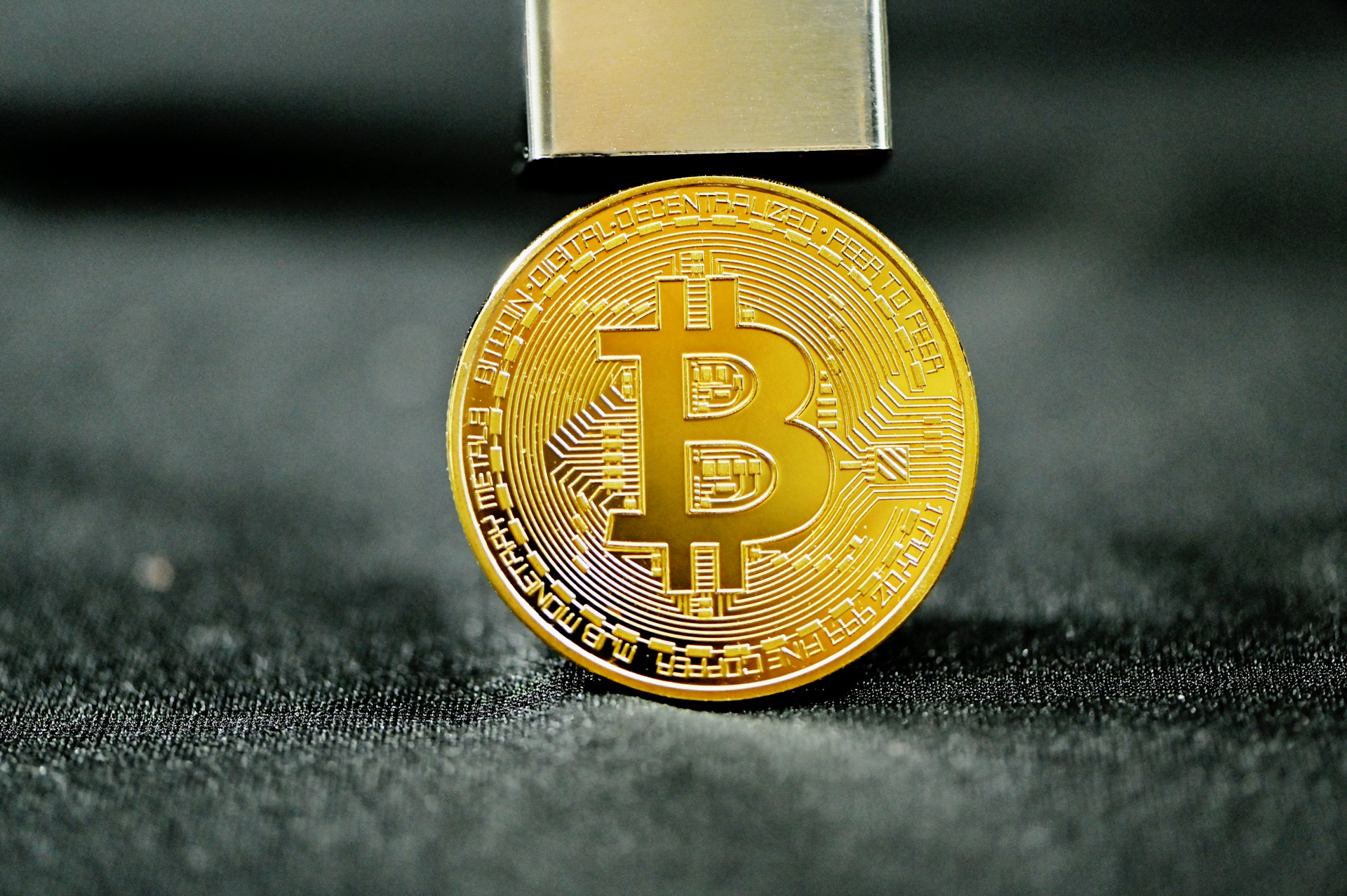ARTICLE AD
Vitalik Buterin and the Ethereum Foundation are exploring five strategies to decrease Ethereum’s maximum block size, aiming to optimize the blockchain for a “rollup-centric roadmap.”
Ethereum, the second-largest blockchain network, is exploring strategies to optimize its block size amidst a shift towards a rollup-centric approach, aiming for more efficient data handling.
On Feb. 5, Ethereum co-founder Vitalik Buterin and Ethereum Foundation researcher Toni Wahrstätter highlighted the pressing need for optimization as the effective block size has nearly doubled over the past year.
On Increasing the Block Gas Limit
By:
– Toni
– Vitalik
ELI5
Special thanks to the Starkware team for feedback and data!
Important Takeaways:
## ELI5
The article discusses a proposal to manage Ethereum's block size more efficiently by adjusting the gas limit and the cost of…
This expansion is attributed to the increasing adoption of rollups and trends such as inscriptions, which demand more data availability on Ethereum, as per Buterin and Wahrstätter.
The duo has proposed at least five strategies to tackle this issue, each varying in complexity. These include adjusting block gas limits and calldata usage to potentially reduce the maximum block size.
The Ethereum gas limit is a crucial parameter that controls the total amount of computational work that can be included in a block, ensuring network performance remains stable. Calldata, an essential component for executing smart contract functions, plays a significant role in how much data each block can carry.
One straightforward proposal involves increasing the gas cost for calldata, moving from 16 to 42 gas per byte. This change would significantly decrease the maximum block size, thereby creating space for future data expansions.
However, Buterin has expressed concerns that such a move could disincentivize the use of calldata for data availability, adversely affecting applications like StarkNet that rely on large amounts of calldata for on-chain proofs.
To counterbalance this, an alternative solution suggests modifying the gas pricing model, including reducing costs for certain operations while increasing calldata costs. This approach aims to maintain the network’s efficiency without unduly penalizing applications dependent on calldata.
The concept of a calldata fee market, mirroring the handling of data blobs, was also considered. This would allow the cost of calldata to adjust based on demand, although it introduces greater complexity in implementation.
Additionally, the idea of capping calldata per block and introducing an “EVM loyalty bonus” for calldata-heavy applications were discussed.
Buterin and Wahrstätter have cautioned that simply raising the calldata cost could be too heavy-handed, potentially stifling innovation and application development on the Ethereum network. They advocate for a more nuanced approach that balances the need for efficiency with the ecosystem’s growth and diversity.
Buterin has previously suggested measures to manage calldata usage and costs, including a proposal in 2021 to limit calldata per block to reduce gas costs.
More recently, in January, he proposed a 33% increase in the Ethereum gas limit to improve network throughput. The suggestion aims to allow for more transactions per block, enhancing the network’s overall capacity. However, concerns have been raised regarding the potential impact on the blockchain’s state size and the increased burden on hardware, highlighting the ongoing debate within the Ethereum community.
Ethereum’s development roadmap for 2024 includes a series of updates known as the Merge, the Surge, the Scourge, the Verge, the Purge, and the Splurge. These updates are part of Ethereum’s long-term strategy to enhance network efficiency, security, and scalability.
As the blockchain continues to evolve, these discussions and proposals reflect the collaborative effort to address the challenges of growing demand and network usage.

 11 months ago
32
11 months ago
32 

